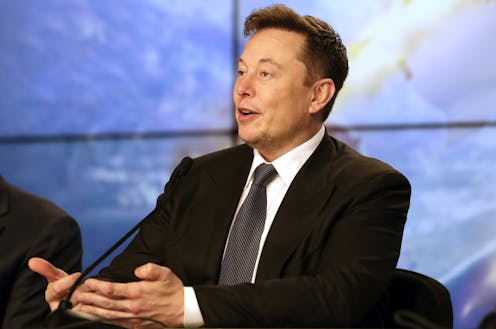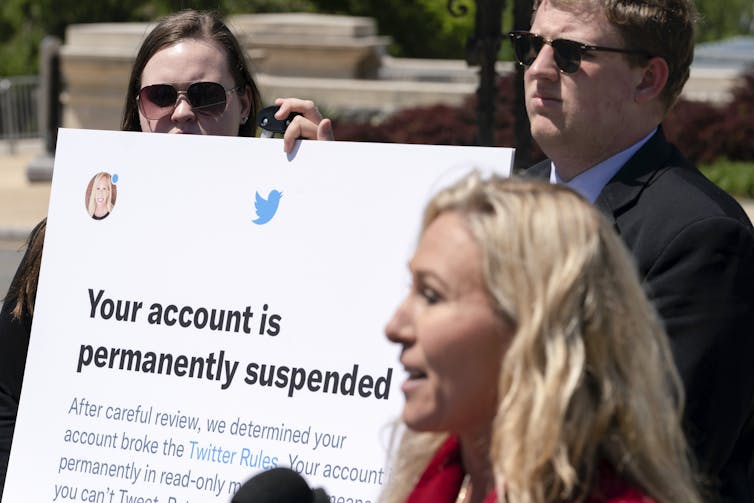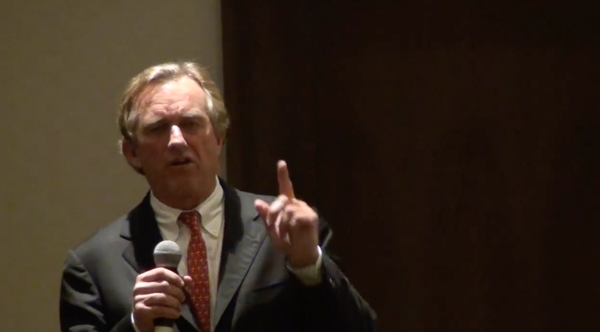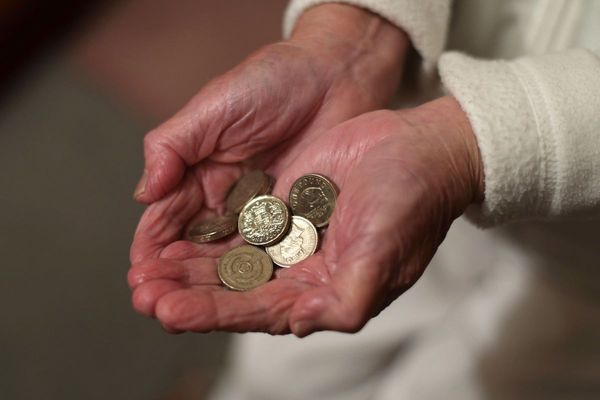
On April 25, 2022, Twitter’s board of directors accepted Elon Musk’s US$44 billion hostile takeover bid. Twitter’s statement announcing the deal included comments from the Tesla and SpaceX CEO:
“Free speech is the bedrock of a functioning democracy, and Twitter is the digital town square where matters vital to the future of humanity are debated. I also want to make Twitter better than ever by enhancing the product with new features, making the algorithms open source to increase trust, defeating the spam bots, and authenticating all humans.”
The problem with Musk’s statement is that it fundamentally misunderstands speech, algorithms and bots and human authentication. As a researcher who studies social media, I believe that if anything is cause for concern about this transaction, it is this misunderstanding.
Digital town square?
Despite Musk’s comments, Twitter was not designed or intended to be a digital town square. While many platforms tout community-building, Twitter has not to date made such a claim. Instead, Twitter has prioritized information-sharing over community, making it a space for millions of town criers, but not a town square for people to come together and debate.
Twitter has been a notable epicenter of online vitriol in the past, so much so that when the company was up for sale previously, potential buyers, including Disney, were scared off by the harassment and hate on the platform. A 2017 study found that women were harassed every 30 seconds on Twitter, with Black women being the most frequently abused.
Additionally, the ease with which people can create and tweet images of doctored news articles and generate fake tweets helps spread misinformation – essentially, tools that help amplify the voices of malicious town criers. These are examples of how Twitter is about information-sharing first, community-building second. Someone can shout harassment, hate or misinformation, and then others pile on.

Also, arguments for free speech raise the question: Free speech for whom? Law and lived experience do not always align – ask any person of color, woman, LGBTQ person or disabled person who has experienced harassment online, particularly on Twitter. Long-standing conceptions of the public sphere, or town square, feature a romanticized conception of white men debating issues, while others are relegated to the margins.
Furthermore, Musk, who has over 90 million Twitter followers, has himself engaged in harmful behavior on Twitter. In 2018, in now-deleted tweets, Musk referred to a diver who was helping rescue children from a flooded cave in Thailand as “a pedo guy.” At the start of the COVID-19 pandemic, Musk tweeted erroneous claims that children “are essentially immune” to the coronavirus and promoted chloroquine, which is not recommended as a COVID-19 treatment.
Open algorithms
Musk’s pledge to open Twitter’s algorithms to public scrutiny sounds good.
Twitter’s algorithms have been a source of controversy. For example, many conservative politicians claim the algorithms silence them. Research from inside and outside Twitter has routinely shown this is not the case, and Twitter algorithms actually amplify conservative tweets over left-leaning ones. Transparency, in theory, could address these concerns.
But transparency doesn’t get at the root of the problem. Algorithms are popular targets in debates about social media platforms, political bias and misinformation because it’s easy to blame opaque technological systems. It’s harder to offer solutions for the political and personal motivations some people have to manipulate algorithms.
While algorithmic harm is a real problem, algorithms are always programmed by people. Understanding the human decision-making processes that go into algorithms is a more worthwhile inquiry than simply revealing code.
Bots and humans
Like algorithms, bots are often blamed for many of Twitter’s ills. And like algorithms, bots are always programmed by humans. They do not act of their own accord, which means a productive line of inquiry is why people program bots to spam in the first place.
Musk has pledged to eliminate spambots by requiring all Twitter users to be authenticated as real people, but this would eliminate all bots – even the good ones.
Bots can serve important organizational purposes, given the immense amount of information on the internet. They also provide humor and whimsy when programmed for fun – such as journalism pitch bots, which make up fake headlines for news outlets. There are also amusing bots such as Emoji Mashup, which tweets out novel emojis remixed from existing ones.
While conversations about bots and human authentication often go hand in hand, the latter often involves considerations of multiple accounts and anonymity. Facebook has been a proponent of the Real Name Web, or the push to have one singular identity online that can be tied to one’s offline identity. But platforms like Twitter and Instagram have allowed users to assume multiple identities and mask their identity by having multiple accounts, often referred to as Finstas or alts.
[Interested in science headlines but not politics? Or just politics or religion? The Conversation has newsletters to suit your interests.]
On these accounts, the identity of the person behind the screen is not always straightforward. And while some argue removing anonymity would help solve online problems, research has shown time and time again that removing anonymity does not stop hate speech, vitriol or racism.
Fixing Twitter
At the end of the day, Twitter’s problems are first and foremost human problems. The technological issues are only buttressed by the people who design or misuse them.
In Musk’s statement, he proposes that essentially more Twitter – Twitter as a digital square, transparent Twitter algorithms and Twitter solutions to bots and authentication – is the solution to all the platform’s problems. History shows that simply would not be the case.
If Musk is serious about making Twitter a healthy, vibrant component of the digital public sphere, he’ll need to engage with all users to understand the myriad experiences on the platform – especially those who have faced the most harm.
And I believe he should understand Twitter not as an online microcosm but a symptom representative of larger social and political ills.
Jessica Maddox does not work for, consult, own shares in or receive funding from any company or organisation that would benefit from this article, and has disclosed no relevant affiliations beyond their academic appointment.
This article was originally published on The Conversation. Read the original article.







